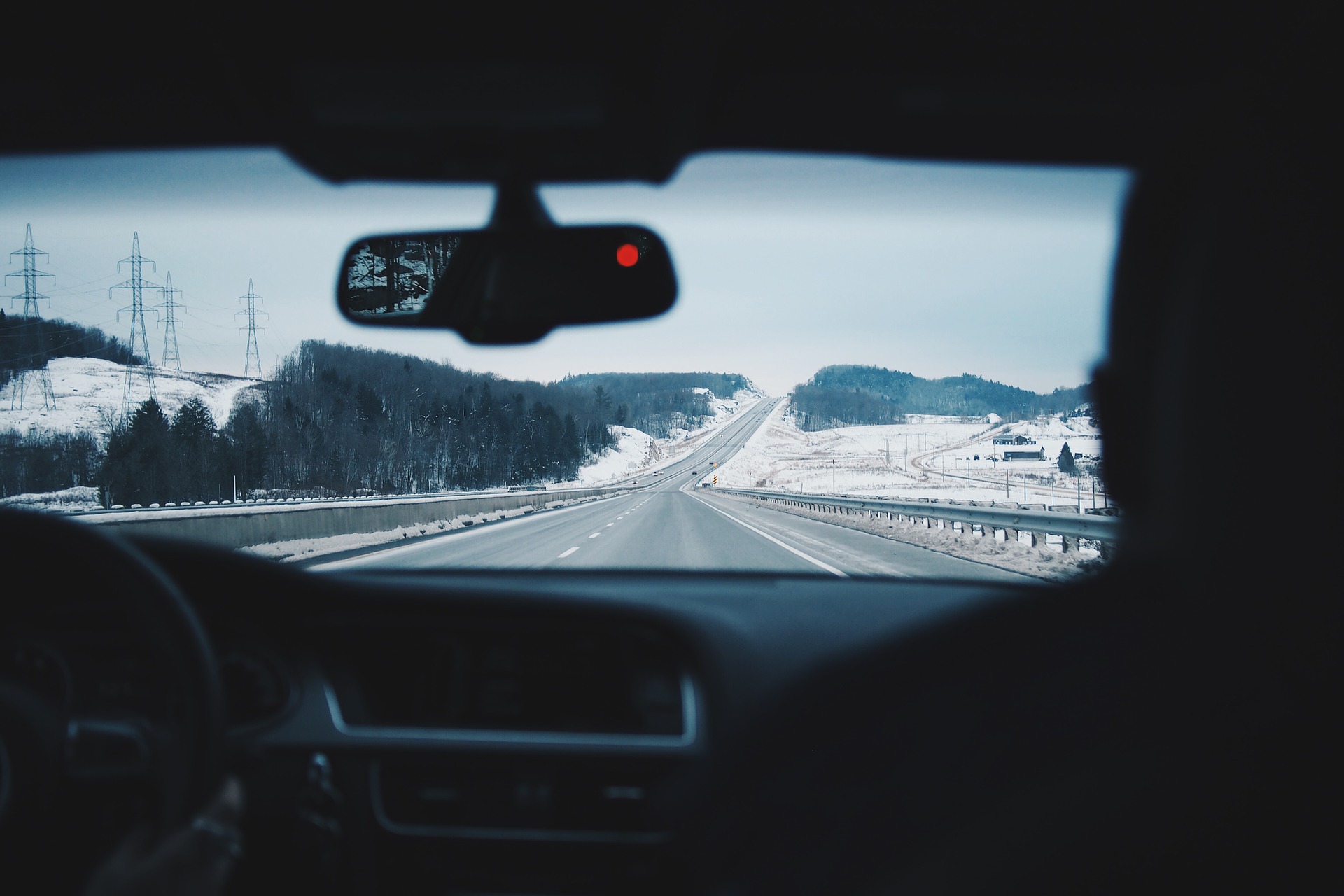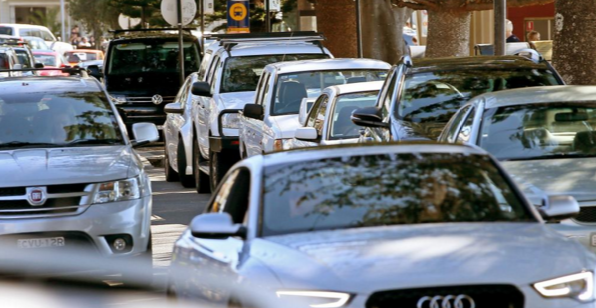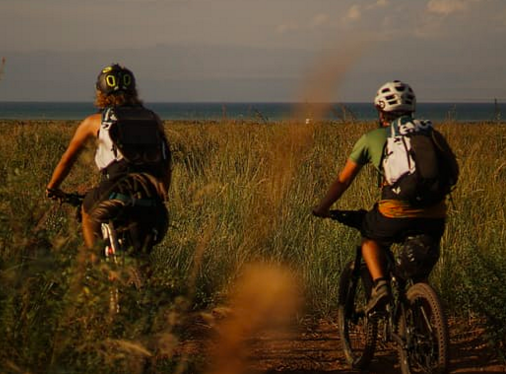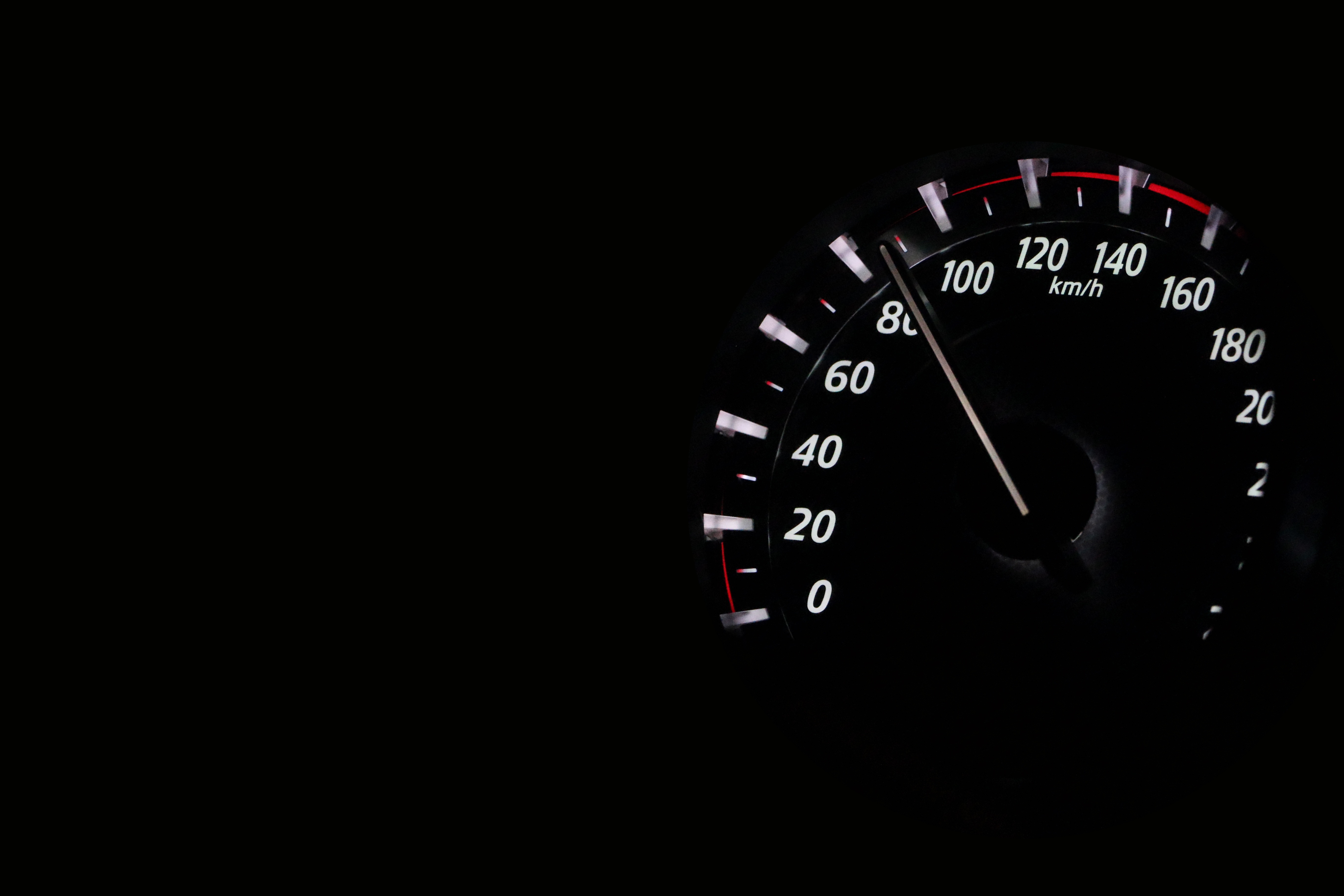
Winter hazards to watch out for
Wednesday, 3rd June 2020
Six tips for safe driving in winter conditions
Love (or at least service) your car
Checking your car’s safety equipment, tyres, windscreen wipers, batteries, lights, and brakes is always important, especially so in winter when cold and wet conditions are particularly hard on cars.
Tread carefully
Tyres are incredibly important to safety – they’re all that connects your vehicle to the road. Tyres must have plenty of tread depth (no less than 1.5 millimetres) and no damage. They should also be inflated to the correct pressure. But be aware this can vary from car to car. The recommended minimum tyre pressures are usually listed on a sticker inside the driver’s door jamb or glove box.
Maintain a safe braking distance
Remember it takes much longer to stop in the wet, so don’t follow other cars too closely when it’s raining, or if the roads are wet. Increase the gap between you and the car in front to at least four seconds.
Slow down
Travel just a little slower, even on roads you know well, and take off from lights and intersections a little slower as greasy roads can cause vehicles to lose traction.
Don’t rush to get going either. Before taking off on a long road trip, be sure you know how to use all the features of your car’s fog lights, high-beam lights, front and rear demisters and front and rear windscreen wipers. Clear your windscreen and windows before you start driving to ensure good visibility.
Weather the storm
Be aware of changed conditions and heed any weather warnings particularly when travelling in areas where extreme weather is more common, such as the high country and ski fields. Wet roads, black ice and snow reduce grip, sometimes without warning, while fog and heavy rain can bring drastically decreased visibility. Extra caution is needed in these conditions, including knowing when to use fog lights, especially if you are used to driving in milder conditions.
When in doubt, pull over
In wet weather use your air conditioner to prevent your windscreen from fogging up. However, if visibility is so limited that you can’t see the edges of the road or other vehicles at a safe distance, it’s time to pull over and wait for the conditions to ease.
Source: RACV


